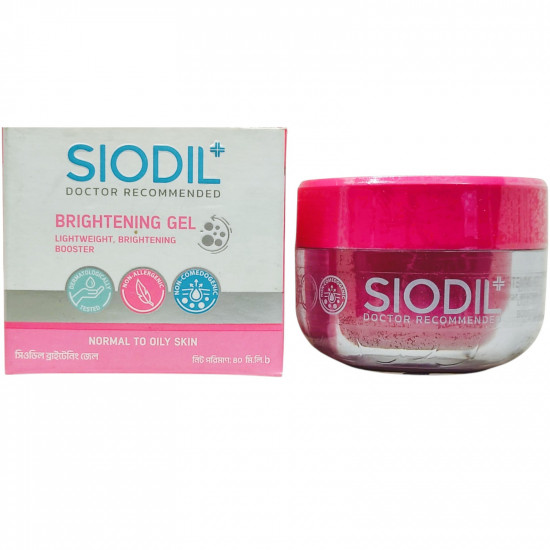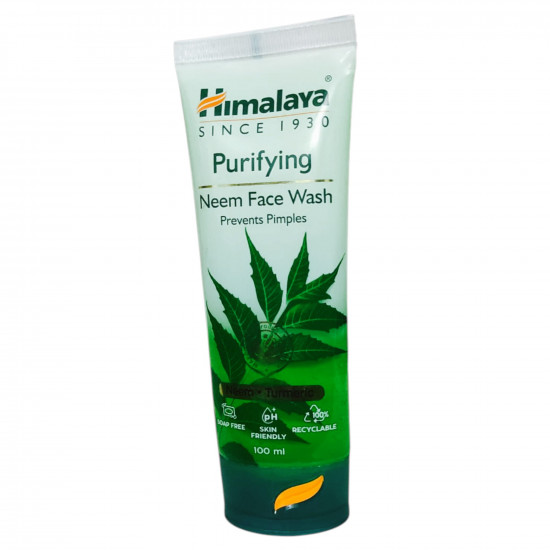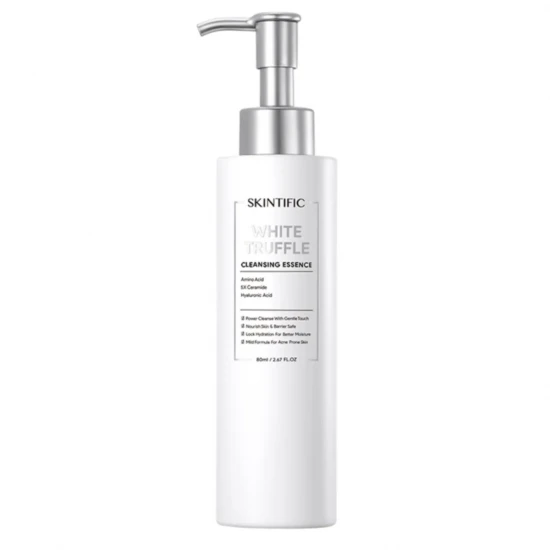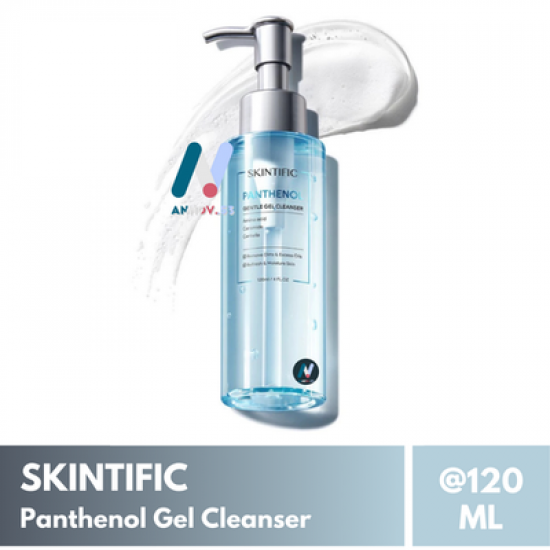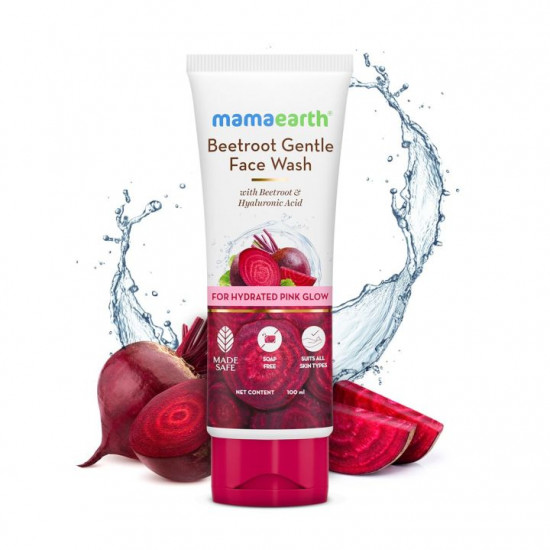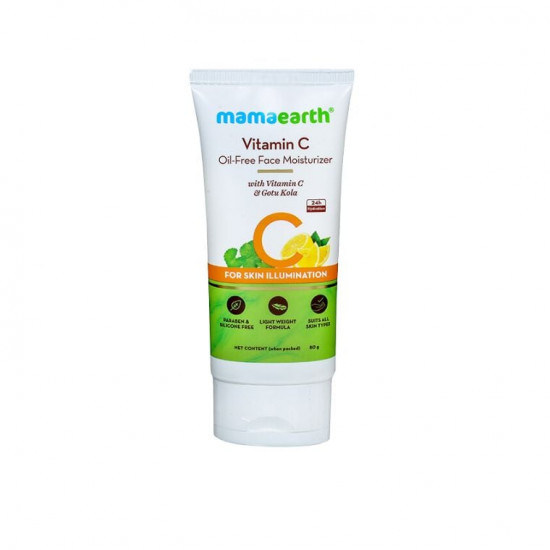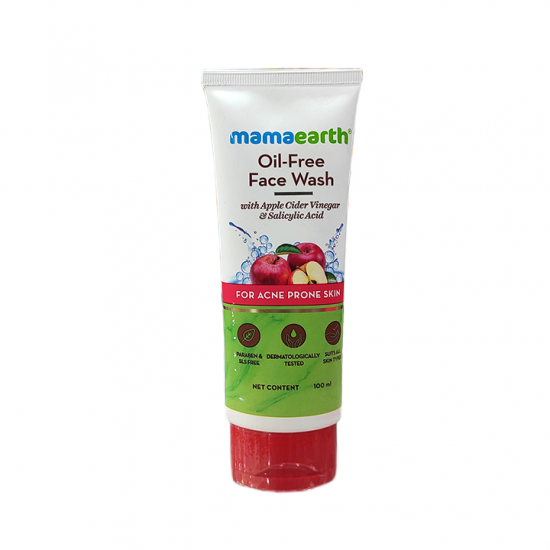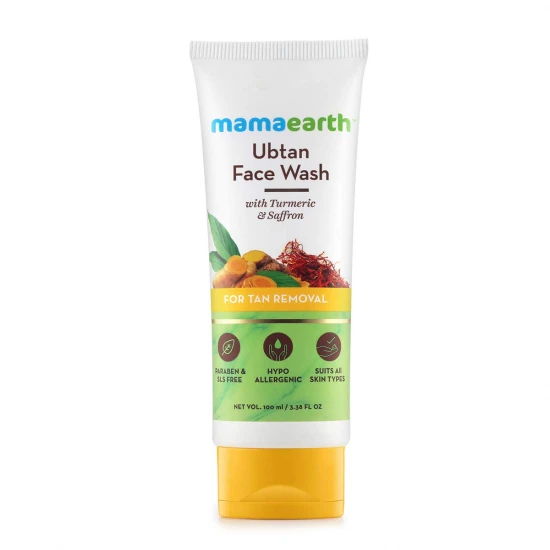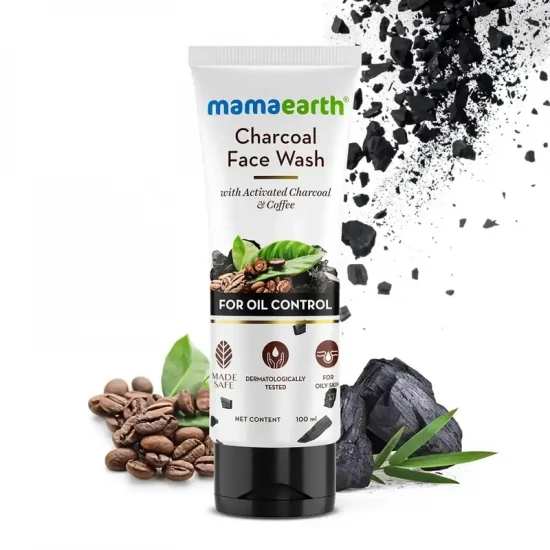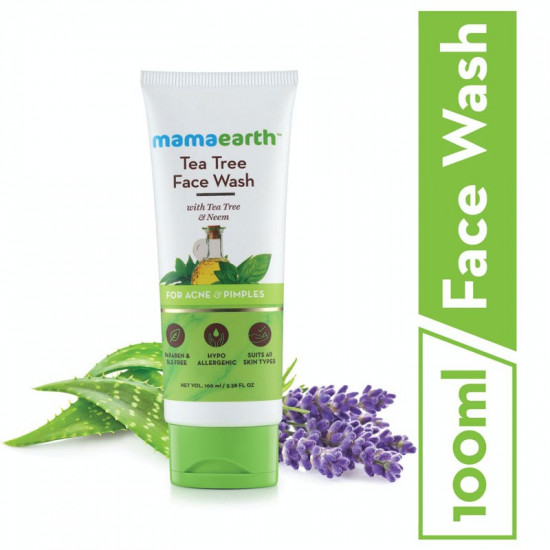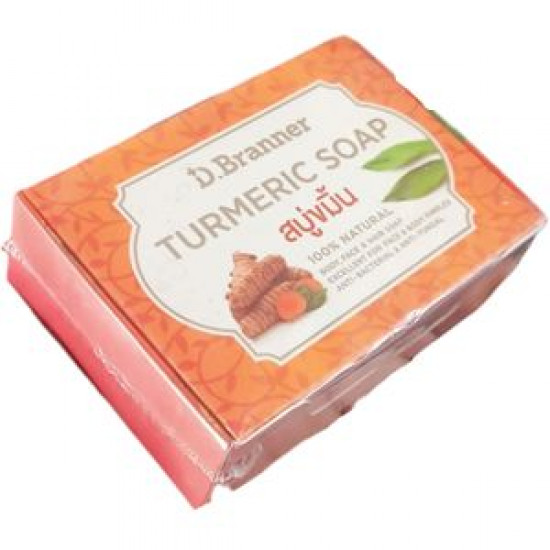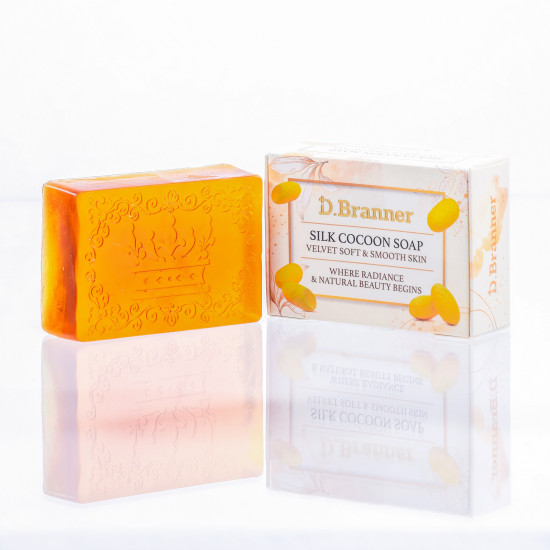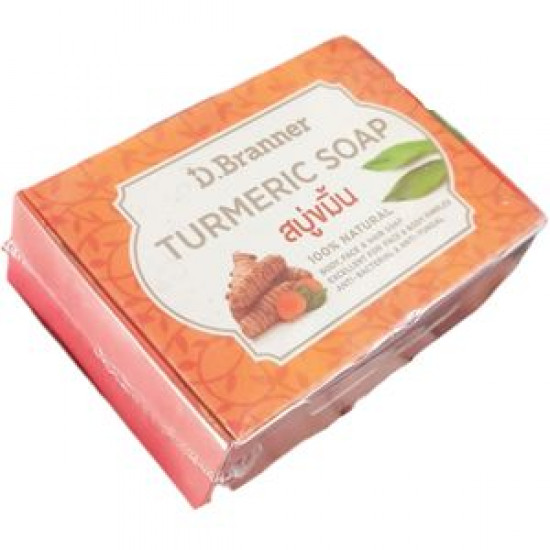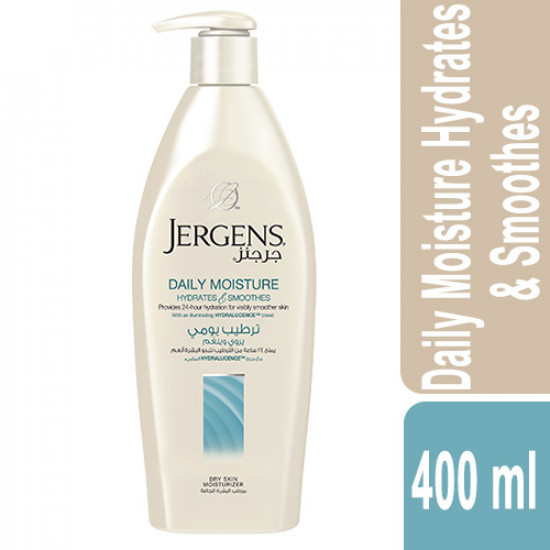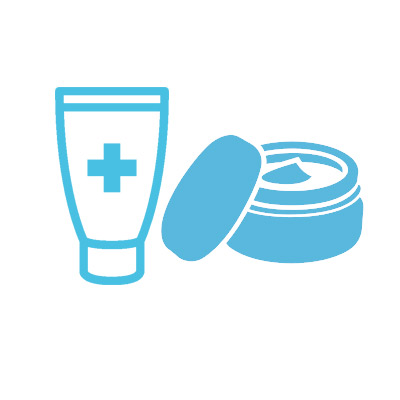
✔ 100% Authentic Product
👁️ Currently Viewing 1312
Unicort 0.01% Cream
Cream Manufacturer/Distributor: G. A. Company Ltd. Generic Name: Hydrocortisone 1% Cream
Discount
Price: ৳ 15
MRP:
৳
16.05
5%
Off
✅ Description:
Indications
The anti-inflammatory activity of hydrocortisone acetate is its main therapeutic property. It also has immunosuppressive and anti-mitotic effects. Hydrocortisone acetate is indicated for:
Primary irritant dermatitis
Atopic contact dermatitis
Eczema: atopic, neonatal, discoid, blood stasis
Seborrheic dermatitis
Lichen and anal pruritus
Scales flexible candle
Skin irritation, itching and eg insect bites, heat burns, sunburn, etc.
Pharmacology
Hydrocortisone binds to intracellular glucocorticoid receptors. After binding to the receptor, the newly formed receptor and receptor complex translocates to the cell nucleus, where it binds to several glucocorticoid response elements (GRE) in the promoter region of the target gene. The DNA binding receptor then interacts with basic transcription factors, causing an increase in the expression of specific target genes. The anti-inflammatory effects of corticosteroids are believed to be related to lipocortins, the inhibitory protein of phospholipase A2, by inhibiting arachidonic acid, which controls the biosynthesis of prostaglandins and leukotrienes. More specifically, glucocorticoids induce the synthesis of lipocortin1 (annexin1), which then binds to cell membranes preventing phospholipase A2 from coming into contact with its substrate, arachidonic acid. This leads to reduced eicosanoid production. The expression of cyclooxygenase (both COX1 and COX2) was also suppressed, increasing the effect. In other words, the two main inflammatory products, Prostaglandins and Leukotrienes, are inhibited by the effects of Glucocorticoids. Glucocorticoids also stimulate lipocortin1 to escape to the extracellular space, where it binds to leukocyte membrane receptors and inhibits various inflammatory phenomena: epithelial adhesion, migration, thermoregulation, phagocytosis, respiration, and release of various inflammatory mediators (lysosomal enzymes, cytokines, tissue plasminogen activators, chemokines, etc.) In addition, the immune system is suppressed by corticosteroids due to decreased function of the lymphatic system, decreased levels of immunoglobulins and complement, precipitation of lymphopenia, and interference with antigen-antibody binding.
Dosage & Administration
Hydrocortisone Acetate should be applied in a small quantity to the affected area 2 or 3 times daily.
Contraindications
Infections: bacterial, viral, fungal.
Skin ulcers.
Hypersensitivity to the preparation.
Side Effects
Hydrocortisone Acetate 1% cream is usually well-tolerated, but if signs of hypersensitivity appear, the application should be stopped.
Pregnancy & Lactation
There is insufficient evidence for safety during pregnancy in humans. Generalized use of topical corticosteroids during pregnancy is recommended to be discouraged. It is very unlikely that sufficiently high blood concentrations of hydrocortisone during topical treatment will be reached in breast milk.
Precautions & Warnings
In infants and children, long-term continuous topical therapy should be avoided if possible, as adrenal suppression may occur. As with all corticosteroids, prolonged application to the face is not desirable.
Storage Conditions
Store in a cool and dry place, away from light. Keep out of reach of children.
⚠️Disclaimer:
At ePharma, we’re committed to providing accurate and accessible health information. However, all content is intended for informational purposes only and should not replace medical advice from a qualified physician. Please consult your healthcare provider for personalized guidance. We aim to support, not substitute, the doctor-patient relationship.





